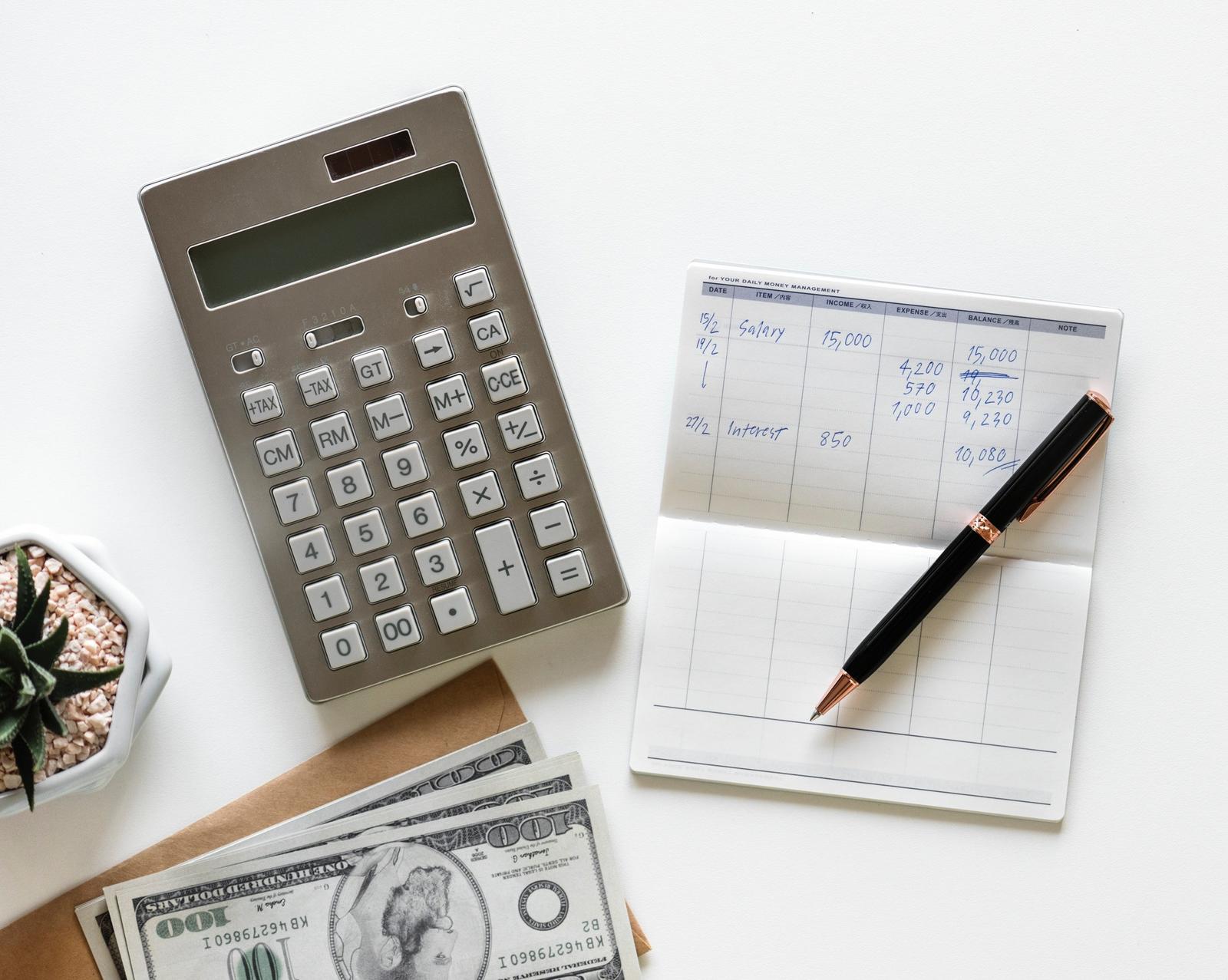When you’re starting a new business, no matter what your sector, it’s absolutely essential that you know your break-even point and how to calculate it. Read on to find out how to calculate yours and how to work with the results.
What Is a Break-Even Point?
Your break-even point, often abbreviated to BEP or B/E, is the amount that you need to make in order to have made no loss. When you break even, you have managed to cover all of your costs. It’s the point at which you move out of the red and into the black.
Before You Start, You’ll Need to Know
The price of one unit of your product or service.
How much your product or service costs to produce.
Your monthly running costs, for example rent and equipment hire.
The Equation for Calculating Break-Even
Unit sale price × Unit sales = Total monthly fixed costs + (Unit variable cost × Unit sales)
Remember to work inside the brackets first – you need to calculate the total cost of your product before you do anything else.
Unpacking the Equation
Thankfully, it’s pretty straightforward – but let’s break it down.
Unit sale price = the price at which you are selling your product to the customer – e.g. one item or one hour of service for £10.
Unit sales = the number you have sold.
Unit variable cost = the price it costs you to create your product or service. It’s variable because many costs will go down as you scale up.
Total monthly fixed costs = basically overhead, these costs might include rent, utilities and staff.
On the left hand side of the =, you’re calculating your turnover – the total amount of money you’ve made. It’s just the price of your product, multiplied by the number sold.
On the right hand side, you’re calculating your running costs. You’re adding together your overhead costs and the cost of actually producing the product you’ve sold.
Working With Your Break-Even Point
Once you’ve calculated your break-even point, you can decide how to proceed with the business. One reason why knowing your break-even is important is because it helps you to work out whether what you’re doing is sustainable.
If you don’t think you can sell enough units to break even, you will need to reduce either your unit variable cost or your monthly fixed costs. Reducing your unit variable cost might mean taking your product to another manufacturer who can produce it at a lower price. Reducing your monthly fixed costs might mean moving to an office with lower rent, or cutting spending elsewhere.
If your quantities are high and your costs are low but you’re still not breaking even, you might need to raise your unit sale price.
Once you’ve found a workable break-even point, you can use your past sales to project when you’ll reach it. After that, you can start enjoying a profit.



